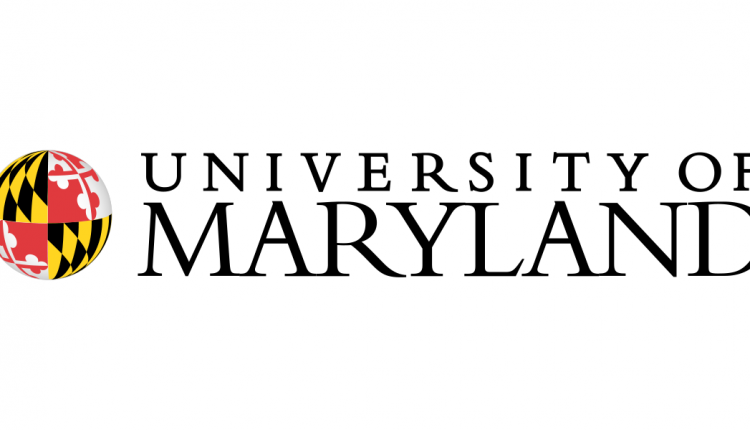University of Maryland: Water Conservation Heads East
While major water shortages continue to plague Western states, water has historically been a plentiful resource for mid-Atlantic farmers. But climate is shifting rainfall patterns in ways that will demand more irrigation even as groundwater levels drop dramatically, prompting University of Maryland researchers to study how farmers in our region could adapt to new water conservation imperatives.
Masoud Negahban-Azar, an assistant professor in the Department of Environmental Science and Technology (ENST), and his colleagues received $749,890 from the U.S. Department of Agriculture’s National Institute of Food and Agriculture (NIFA) to study the socioeconomic factors surrounding adoption of alternative water sources and best management practices for water conservation in the Atlantic coastal plain, which in Maryland includes the entire Eastern Shore and areas on Maryland’s Western Shore abutting the Chesapeake Bay.
It’s unclear how receptive farmers, policymakers and communities will be to practices like carefully scheduled irrigation and wastewater reuse, or what factors will influence their decisions, and how these decisions will impact the water resources in the region, Negahban-Azar said. What is clear is that difficult choices loom.
“In some areas, groundwater levels have fallen close to 100 feet, and we need to be thinking ahead to address these problems,” he said.
Across the mid-Atlantic region, groundwater provides the only source of freshwater for many communities, and demand has risen sharply with population growth and increasing urbanization. Although annual rainfall totals have remained fairly stable over the last 30 or 40 years, more falls in the spring now, and less falls during the growing season, which increases the irrigation needs for farmers. In addition, rainfall occurs in fewer, more intense events rather than being spread more evenly throughout the growing season.
Other researchers working with Negahban-Azar on this project include Adel Shirmohammadi and Paul Leisnham, professors in ENST; Professor Puneet Srivastava, associate dean for research in the College of Agriculture and Natural Resources; Senior University of Maryland Extension Agent Amanda Rockler; and bioengineering Associate Professor Hubert Montas.
The project they devised has multiple components they will carry out over the next three years:
They’ll start with surveys and socioeconomic investigations to identify cultural, social, economic and technological barriers to adopting alternative water sources like wastewater recycling and other conservation strategies. They will focus specifically on a community of largely Black farmers in Southern Maryland, and a community of largely white farmers on Maryland’s Eastern Shore.
Next, the team will develop models to investigate how different decisions among farmers, policymakers and other stakeholders could influence water use and adoption of water conservation methods.
Finally they will develop a diagnostic decision tool—based on things like population growth, future climate scenarios, rainfall patterns and water demand—that will identify critical areas and prescribe water management strategies specific to those areas.
The study could have implications far beyond our region, Negahban-Azar said.
“These problems that we are facing are not just specific to the mid-Atlantic or the Atlantic coastal plain,” he said. “These problems are very relevant to the entire East Coast with the growth in irrigated agriculture, changes in population dynamics, the shifting rainfall patterns and impacts of climate change.”

